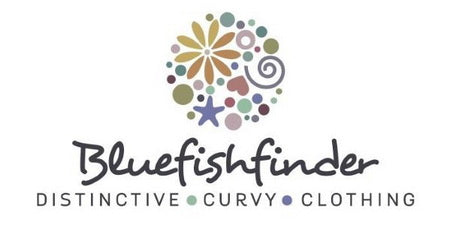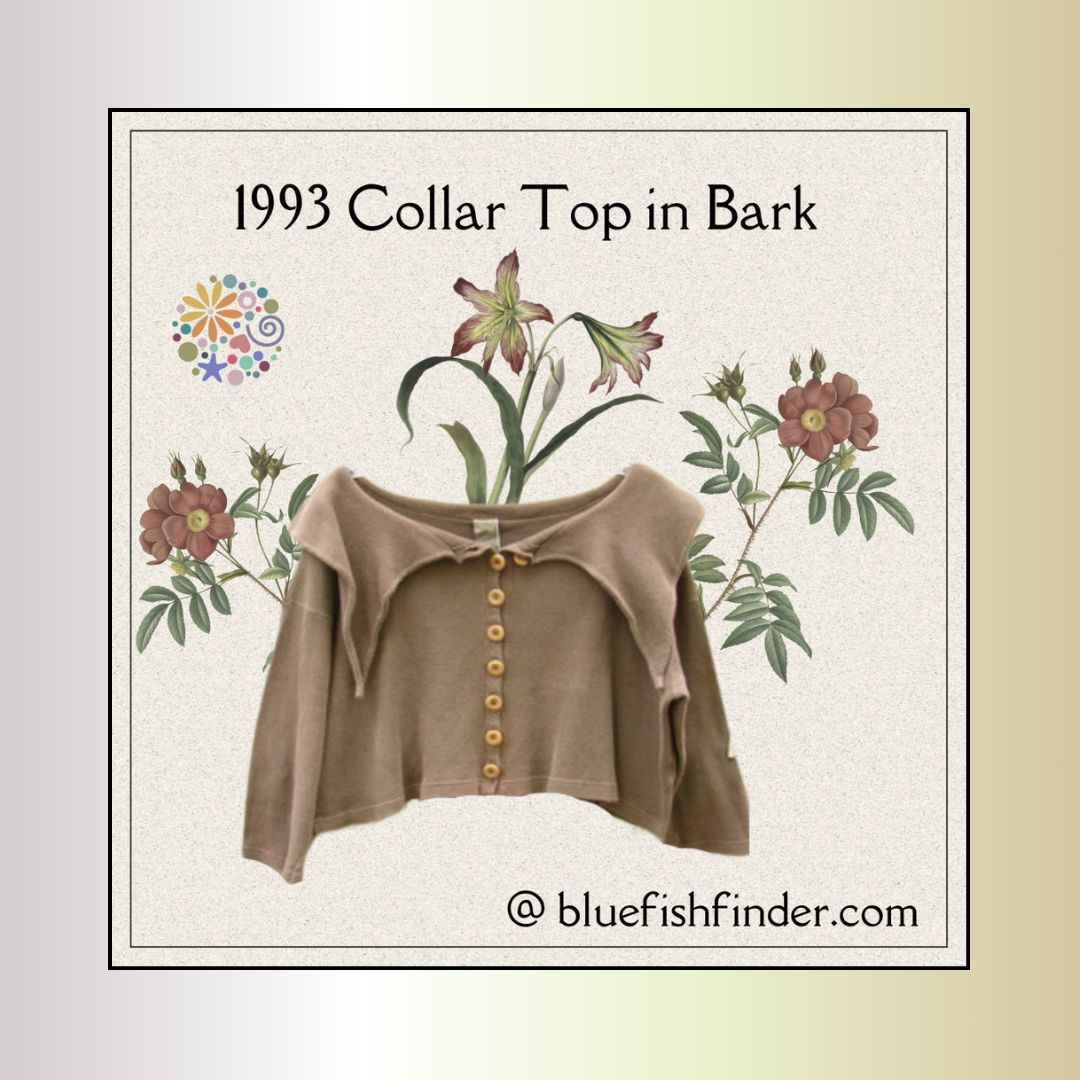Blue Fish Clothing 1993 ~ Wholesale Line Sheets & Catalog
“Creatures are magical today…always! (laugh), Light. Freedom of expression. Ourselves. Ideas…actions…truth + caring for people and all.” ~ Excerpt from the 1993 Catalog
In 1993, Blue Fish began to develop management structure, layers of management began to accumulate, and there was more focus on efficient operations in the midst of all the creative energy. A complete set of wholesale seasonal line sheets as they were presented to the production staff is available. A copy of the 1993 retail catalog was operating out the Frenchtown store (although it was still printed in Taos, New Mexico) is also available.
For the first half of 1993, the style numbers remain the same as before, the “J” in front of the jersey styles became a permanent fixture. Towards the end of 1993, Blue Fish began using their first computer system, Mapics, to chart wholesale sales. In the Fall of 1993, the introduction of the 7 digit SKU (style numbers) began.The first letter represents the season in which the style was being offered. Fall I 1993 is Season 3; Fall II is season 4; Fall III is season 5; and Holiday is season 6. A Resort Line is offered instead of a Winter Line this year becoming season 7. The next digit of the SKU identifies the fabrication “J” is 100% cotton jersey, “C” is cotton crepe, and “R” is cotton rib. The third digit identifies whether the style is printed (P), solid (S), or patched (T). The next 3 digits are the style numbers from before, now known as the pattern number. The idea is that these 3 digits would remain the same across season, fabrication, and techniques (printed/solid/patched). The seventh digit was made “F” for finished goods, but the original intent of this digit was immediately lost. Much later it was used to differentiate among the regular collection (F), retail only goods (R), special line (S), and basic goods (B).
During this time frame, Blue Fish operations occupied the entire top floor of the 6th Street building, and began encroaching on the first floor space; although, the working environment remained very casual. Until the end of 1993, employees still wrote their time on the honor system. The company remained up until the end of 1993, almost entirely run by women; although there were about 3 male employees at Blue Fish during the summer of 1992. By the end of the year, the company’s staffing growth required rules; so the first employee handbook was written.

